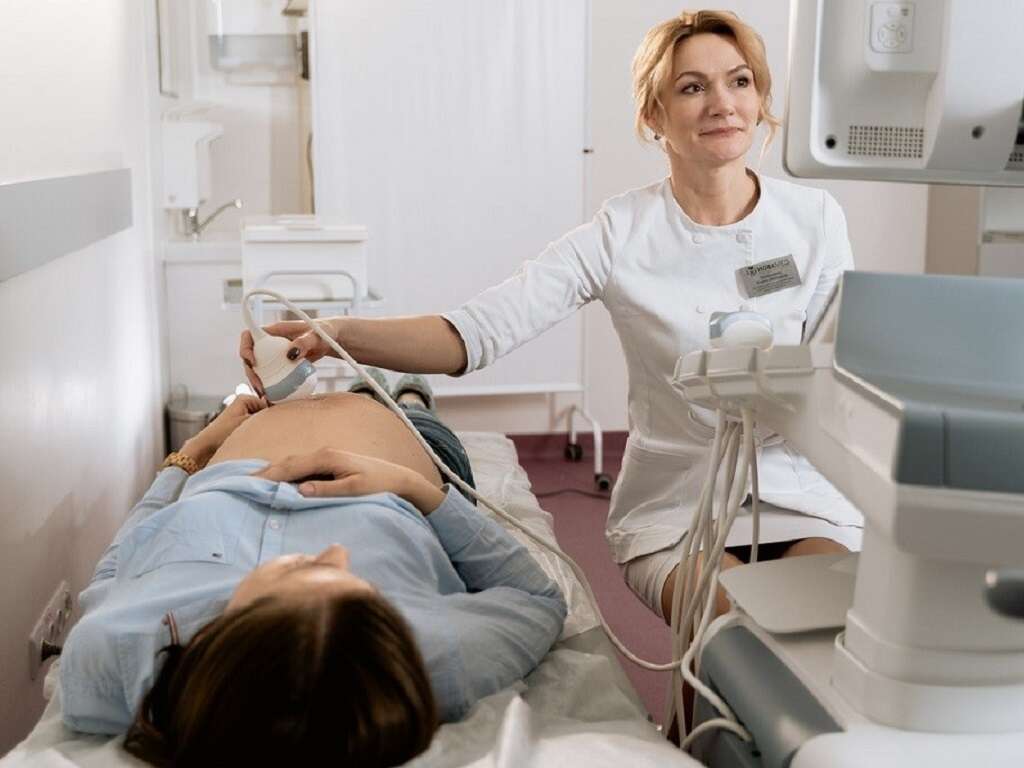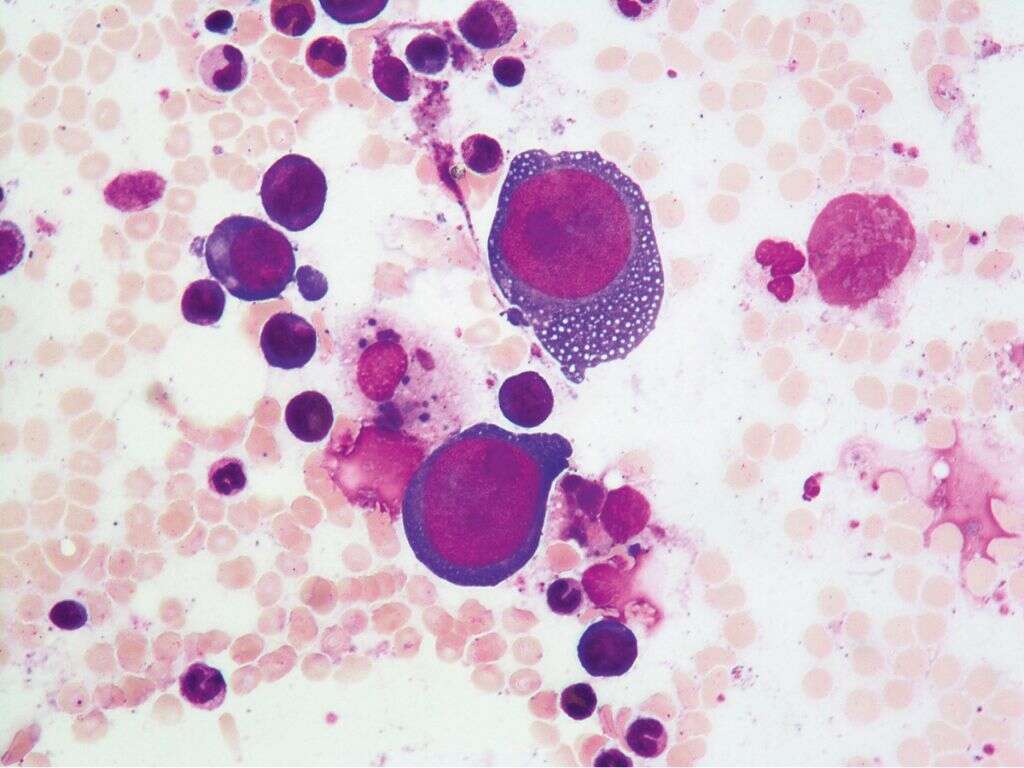10 Symptoms of Parvovirus
Parvovirus is most commonly associated with dogs, but there is a strain that can also affect humans. The specific strain that affects humans is parvovirus B19. It most commonly affects children, but it can also affect adults.
In the past, it was known as the fifth disease, so named because it was the fifth among six illnesses that caused a rash in children. It is also known as Erythema infectiosum.
Although it is common, the symptoms are generally quite mild and the disease usually poses little threat. However, it can pose more of a risk to some adults. It can also pose a significant risk to the unborn fetus of pregnant women. Those with a weakened immune system and/or anemia are also at risk.
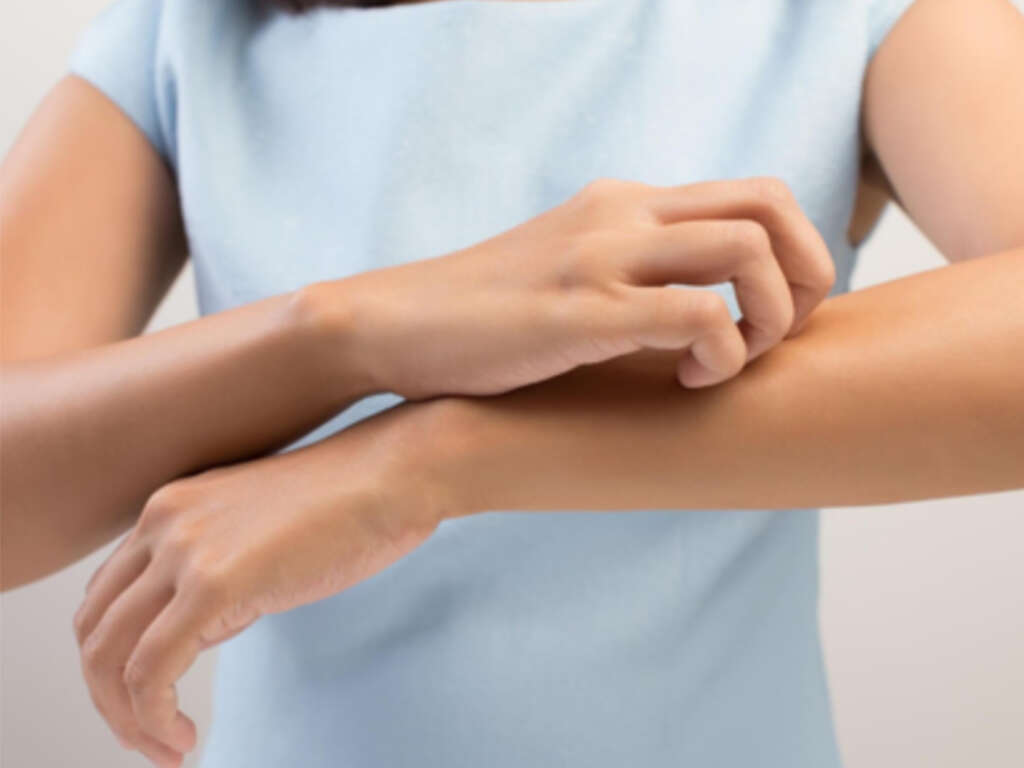
Symptom #1: Upset Stomach
Children tend to have more delicate digestive systems than adults. They have not yet been exposed to as many rich or spicy foods as adults and are less likely to be able to digest them without problems. This means they are more likely to develop an upset stomach, although it is not always because of food.
An upset stomach is a common symptom of parvovirus. It is not likely to be severe, but still harsh enough to cause some discomfort. While an upset stomach is not usually enough to prompt you to see a doctor, you should if the symptoms persist.
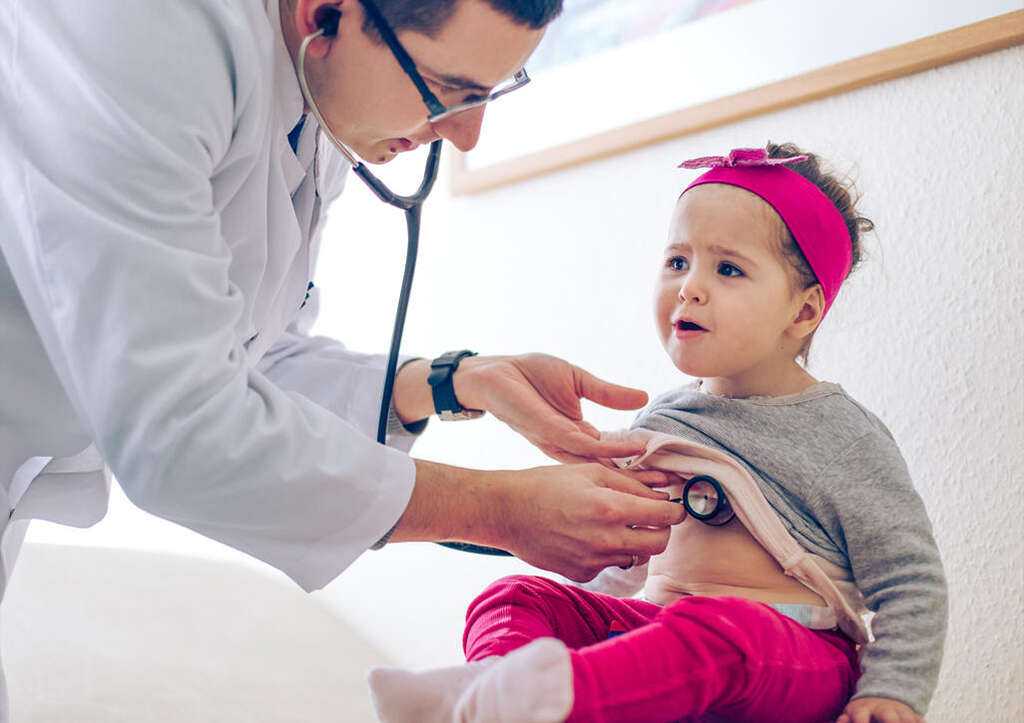
Symptom #2: Headache
Children can get headaches as well, and it can be harder for them to cope with. Regardless, they are not usually dangerous and will usually pass in time. You should see a doctor if you or your child has a headache that is so painful that it’s unbearable.
A headache is a common symptom of parvovirus. It is also a common symptom of many other ailments, making it difficult to pinpoint the problem on its own. However, you should tell a doctor of every symptom you are experiencing because they can be used together in finding the cause of the problem.

Symptom #3: Fever
As the name suggests, parvovirus is caused by a virus. Our bodies don’t like it when an unwelcome virus is present and will usually react to expel, or even kill, the intruder. Our immune systems try to do this in various ways, one of which is to increase the body temperature.
It may not be much of a consolation to a child with a fever, but it is there to help. Fever is a common symptom of parvovirus but, fortunately, it should only be fairly mild. While generally harmless, the very young and the very weak should still be supervised closely.
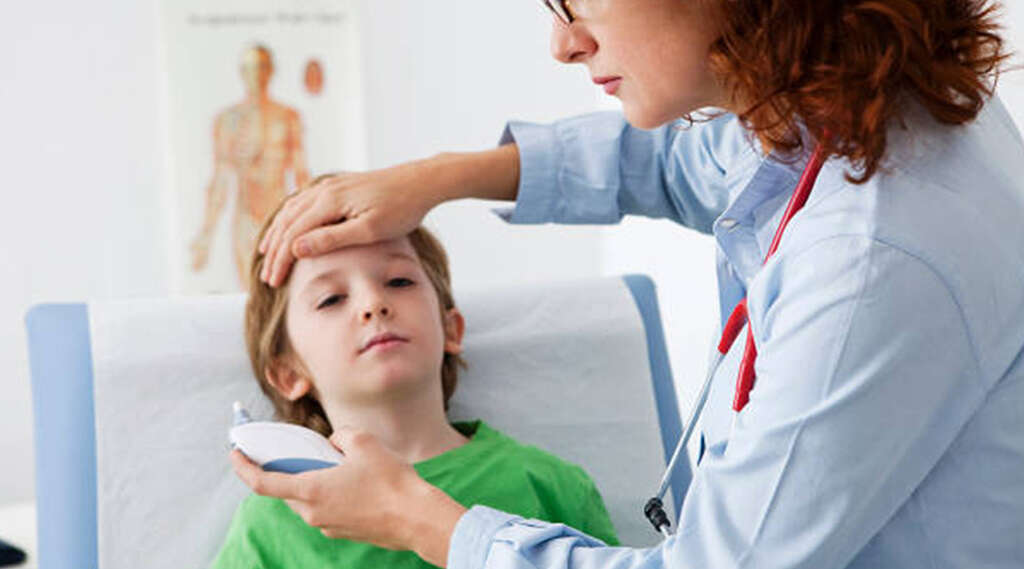
Symptom #4: Runny Nose
A runny nose is actually one of our body’s many defense systems. It is caused by an accumulation of mucus in the body, which runs out of the nose when it is liquid enough. This mucus is commonly known as snot and helps to trap pathogens and other unwelcome intruders. Once trapped, these intruders can then be expelled from the body.
A runny nose is also a usual symptom of the common cold. This means that the symptom is often overlooked as being just a cold, although accompanying symptoms can be more of a clue as to what the real problem is.
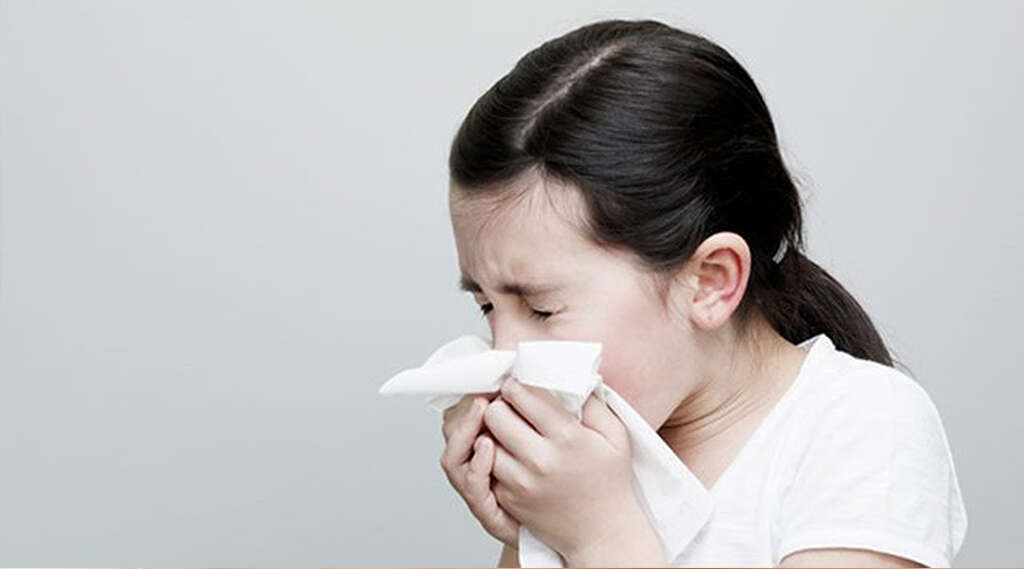
Symptom #5: Malaise
Malaise is a very subjective symptom that can be described as a general feeling of discomfort or a state of uneasiness that is quite difficult to describe. Due to its subjectivity, it is not a very helpful diagnostic tool, as it is a non-specific symptom that can be associated with many conditions.
This is one of the most common findings in the early stages of the disease. It usually appears a few days after the initial infection and it can last up to 4 days normally.

Symptom #6: Facial Rash
A rash is often able to tell medical experts a lot about a person’s health. Some are quite distinctive and can strongly suggest exactly what the problem is, even when no other symptoms have been discussed. The rash associated with parvovirus is no exception, and just looking at it can often help doctor’s get straight to the problem.
A parvovirus rash is often described as though the child’s cheeks have been slapped quite hard. It tends to be bright red, and will usually occur on both of their cheeks. Such a distinctive rash can be useful in helping to find the right treatment.
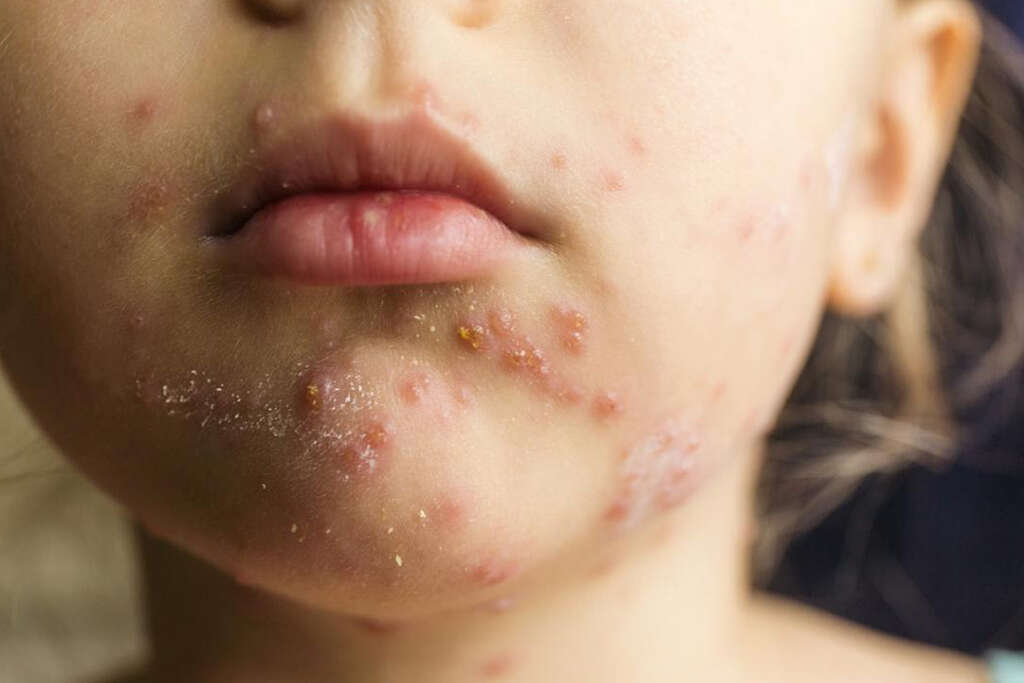
Symptom #7: Rash on Feet and Body
While the appearance of a rash can tell us a lot about what is causing an illness, so is the location. When speaking with a doctor about an illness, they will often ask about any rashes to help them reach a diagnosis. The location of the parvovirus rash can also be very useful in helping doctors reach a diagnosis.
In addition to a rash on the cheeks, parvovirus can also cause a rash on the body. The trunk, arms, and thighs can be affected as well as the buttocks and the feet. The rash will also appear to be slightly raised from the skin and appear to be pink in color.

Symptom #8: Nausea
Nausea is commonly defined as the urge to vomit. It can appear suddenly but in some cases, it has an insidious onset. It is a non-specific symptom that can be associated with many conditions, but it can also be triggered by certain events or things in our surroundings.
Patients with a parvovirus infection will often complain about having nausea. It is part of the prodromal stage of the disease which is described as the early stage of infection where a series of non-specific symptoms appear before the usual and more distinctive signs show up.

Symptom #9: Joint Pain
Adults can catch parvovirus as well as children, although their symptoms are likely to be somewhat different to those that children show. For instance, adults are less likely to develop the tell-tale rash on the face. They are also unlikely to show other symptoms that children will show, except for polyarthropathy syndrome.
Polyarthropathy syndrome is a condition that people with arthritis will be familiar with. It includes stiffness in the joints as well as pain and swelling. It can be caused by numerous things, including parvovirus, but at least the symptoms should go away once the virus infection has been cured.
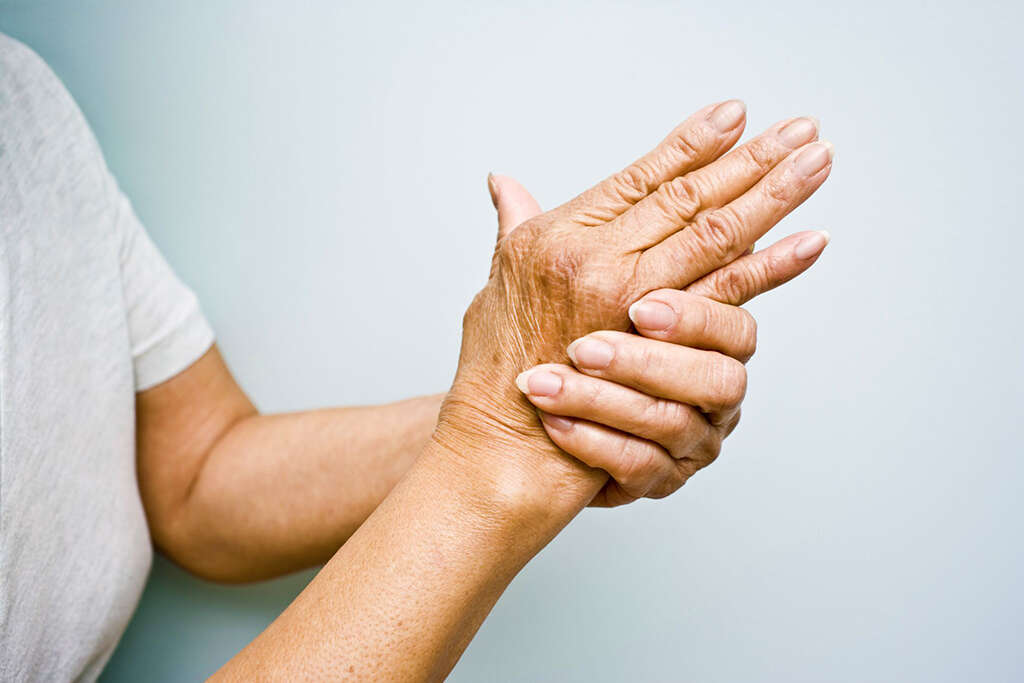
Symptom #10: Fatigue
Fatigue can be described as a general feeling of exhaustion. Usually, this symptom improves with adequate rest, but depending on the source of the problem, it may not improve at all. It can be triggered by exercise, stress, and work-related activities. It is a non-specific symptom that can be associated with many conditions like anemia and anxiety, to name a few.
One of the possible complications associated with a parvovirus infection is a condition known as transient aplastic crisis (TAC). This condition causes severe anemia in the patients which translates into pale skin and fatigue.








